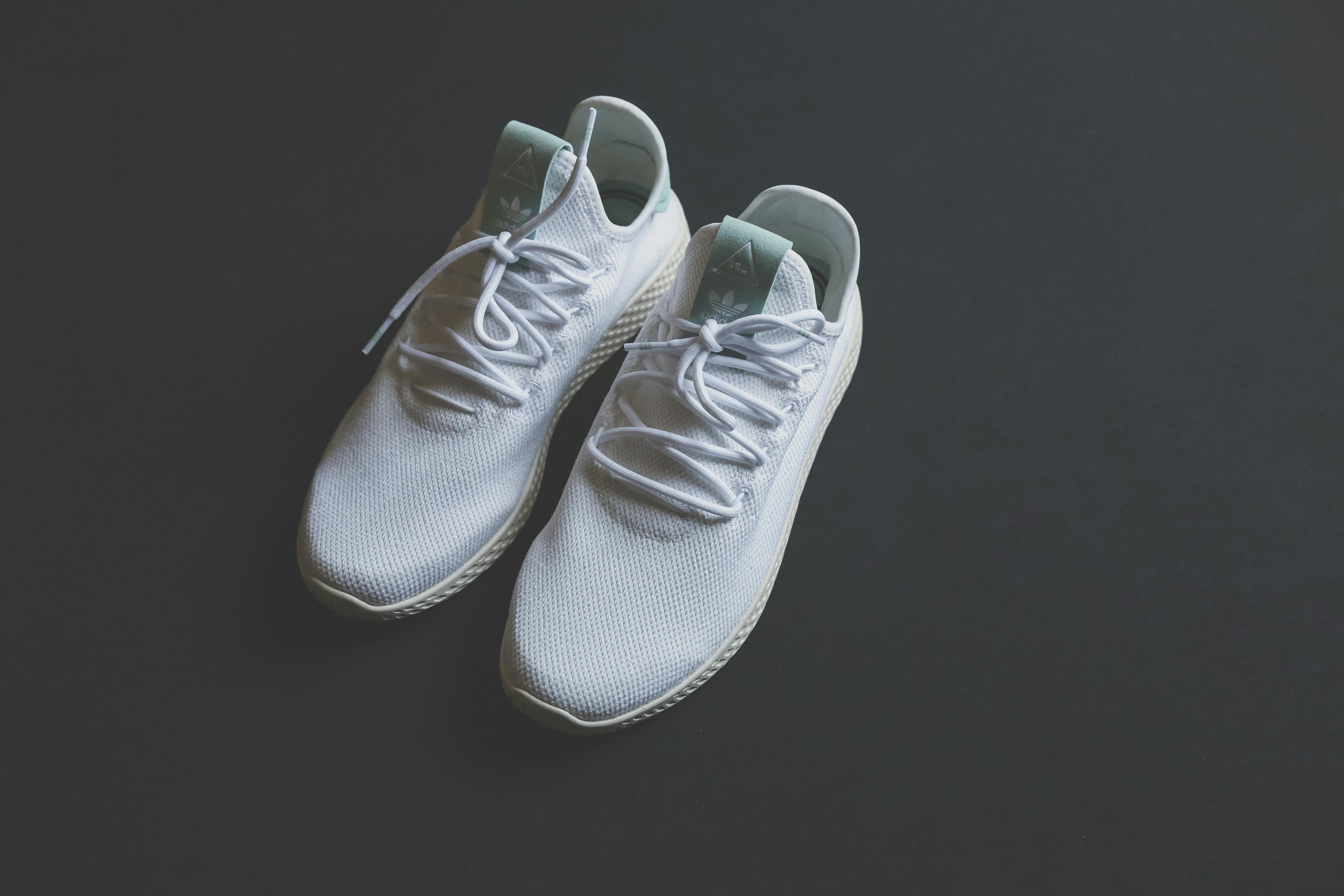Sportswear: How Active Clothing Shapes Fashion and Performance
Sportswear has evolved from purpose-driven athletic garments into a broader category that blends utility, comfort, and everyday style. Modern sportswear includes pieces designed for performance and recovery as well as looks that work in casual and professional settings. Understanding materials, fit, and design helps you choose items that support movement, durability, and a personal sense of style while navigating the overlap with mainstream clothing and fashion.

What is sportswear?
Sportswear refers to clothing intended for physical activity or movement, but the term also covers garments designed with athletic function in mind. This includes moisture-wicking tops, compression garments, breathable shorts, and footwear engineered for specific sports. Beyond technical features, sportswear often emphasizes freedom of movement, durability, and performance-driven construction. In recent years, designers have incorporated sportswear elements into everyday lines, making technical fabrics and athletic cuts common in general wardrobes.
How does sportswear differ from other clothing?
Compared with general clothing, sportswear prioritizes function: fabric performance, ergonomics, and durability. Typical civilian clothing focuses more on aesthetics and seasonal trends, while sportswear integrates stretch, seam placement, and ventilation to reduce chafing and improve thermal comfort. Care requirements can differ too—many sportswear items use synthetics that dry quickly and tolerate frequent washing. That said, overlap exists: many casual garments now borrow technical fabrics or relaxed silhouettes originally developed for athletic use.
How does sportswear intersect with fashion?
The intersection between sportswear and fashion is driven by design collaborations, runway influences, and consumer demand for versatile pieces. Athletic silhouettes, performance fabrics, and logo-driven styles appear in mainstream collections, shaping what’s culturally fashionable. This crossover supports a broad spectrum from purpose-built sports garments to stylized streetwear. Designers balance utility and aesthetics by refining proportions, colorways, and fabric treatments so pieces work both for movement and for visual impact in daily outfits.
What to look for in activewear?
When selecting activewear, prioritize fit, fabric, and intended use. Look for moisture-management properties if you sweat frequently; opt for compression or support features when you need muscle stabilization; and check seam placement to reduce irritation during repetitive movements. Durability and stretch recovery matter for longevity. Consider layerability for varied conditions and choose items that align with your activity—running, yoga, weight training, and outdoor sports all place different demands on materials and construction.
How does athleisure fit daily wardrobes?
Athleisure blends athletic elements with casual style, making performance-inspired pieces appropriate for many non-sport settings. This category emphasizes comfort and ease—think joggers, hoodies, and sneakers paired with structured pieces for a balanced look. Athleisure can be practical for travel, flexible workdays, or errands, and it often focuses on silhouettes that flatter without compromising mobility. When integrating athleisure into more formal contexts, choose cleaner lines, muted colors, and higher-quality fabrics to maintain a composed appearance.
Conclusion
Sportswear today occupies a broad spectrum from technical athletic gear to fashion-forward athleisure. Choosing the right items depends on activity needs, fabric performance, and personal style preferences. By understanding differences in construction, materials, and intended use, you can build a wardrobe that supports both movement and everyday life while navigating the evolving overlap between clothing, activewear, and fashion.






